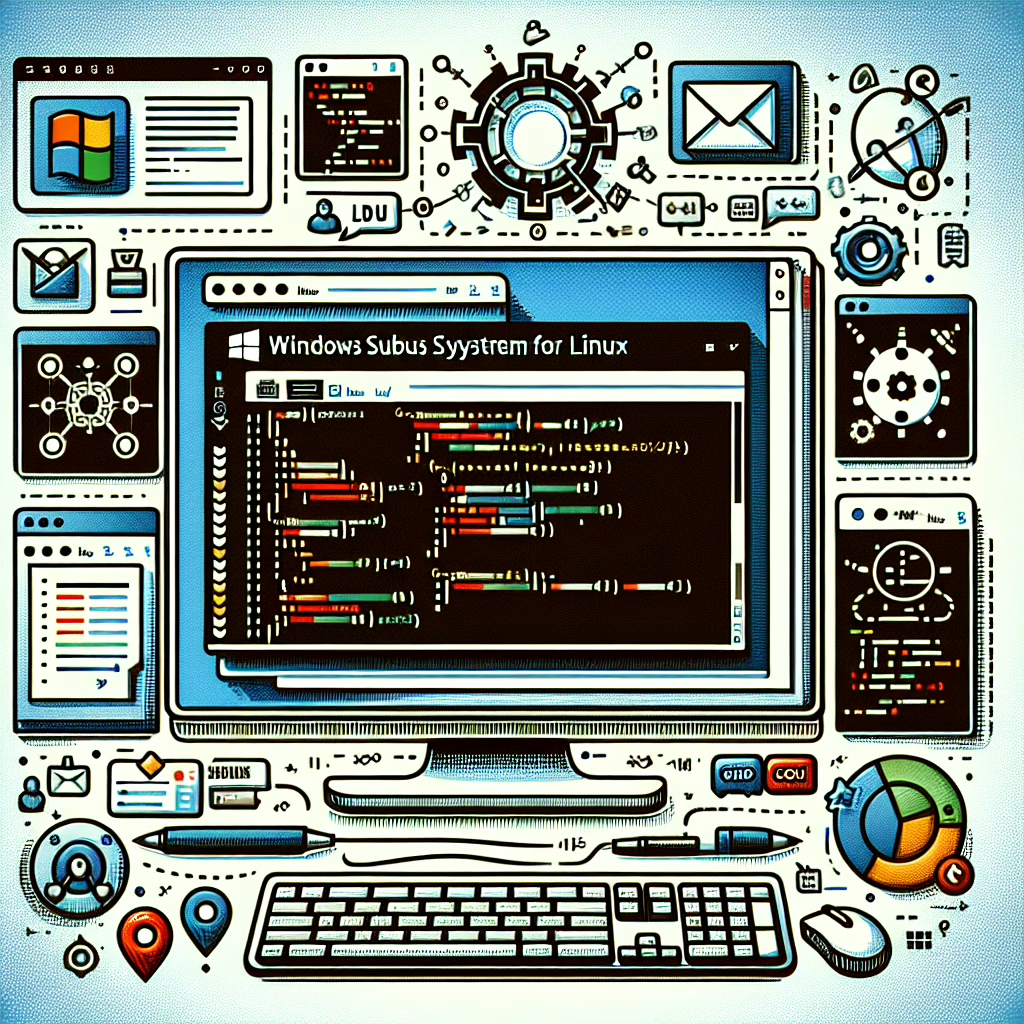In a world where tech giants often treat their software like a closely guarded family recipe, Microsoft has taken a bold leap into the open-source pool with the Windows Subsystem for Linux (WSL). Yes, you heard it right! The once-guarded treasure is now available for all to tinker with, explore, and enjoy. This momentous move not only showcases Microsoft’s commitment to collaboration but also invites developers and enthusiasts to become part of the WSL community.
What Exactly is WSL?
For those who might still be figuring out what WSL stands for (hint: it’s not “Whimsical Software Lollipops”), the Windows Subsystem for Linux allows you to run a Linux distribution alongside your Windows operating system. It’s like having the best of both worlds without needing to choose between them. You can run your favorite Linux tools directly on Windows, and let’s be honest, who doesn’t want to wield the powers of both operating systems?
Previously, if you wanted to run Linux on a Windows machine, you’d have to deal with cumbersome virtual machines or dual-boot setups that felt more like a game of Russian roulette. But with WSL, Microsoft gives you a smooth ride. And now that it’s open-source? It’s like giving the keys to the kingdom to developers around the globe!
The Power of Open Source
So, why is this open-source transition such a big deal? Well, when software becomes open source, it invites everyone—yes, even your neighbor’s cat—to contribute. Developers can modify the code, report bugs, and even add features that they think would make WSL even more fabulous. Imagine a crowd of enthusiastic techies working together like a well-oiled machine (or maybe more like a slightly rusty one that still gets the job done). Either way, collaboration breeds innovation.
With WSL becoming open source in 2025, Microsoft has opened up its development process to community scrutiny. That’s right! No more hiding behind closed doors. Now anyone can peek inside and see how the magic happens. This transparency helps build trust within the developer community and encourages more contributions. Plus, it makes Microsoft look pretty good in an era where trust is as valuable as gold.
Why Developers Are Thrilled
Developers have been clamoring for this move since WSL first appeared on the scene. The ability to run bash commands without leaving the comfort of Windows has been likened to discovering a secret menu at your favorite restaurant. Who knew you could whip up delicious command-line magic while enjoying your Windows interface?
With this new open-source approach, developers can tailor WSL to meet their needs. If they want specific features or enhancements, they can dive into the code and make it happen! It’s as if every developer now has a magic wand that can make their coding dreams come true. Plus, with GitHub at their disposal (a place where developers go to share their genius), collaboration will skyrocket!
How Does This Impact Users?
For everyday users who may not write code but still want to dabble in Linux-like environments, this change is also fantastic news! With more developers contributing to WSL, users can expect quicker updates and more robust features. Think of it as upgrading from a bicycle to a shiny new electric scooter—the ride just got smoother!
This transition means users will enjoy enhanced performance and capabilities without having to learn complicated installation procedures or worry about compatibility issues. If you’re still using outdated methods to run Linux apps on Windows, now is the time to join the party!
Notable Features of WSL
- Seamless Integration: Access Linux files from Windows and vice versa.
- Fast Performance: No more lag associated with virtual machines.
- Wide Range of Distributions: Choose from numerous Linux distributions available in the Microsoft Store.
- Regular Updates: With the community’s active involvement, expect frequent enhancements and bug fixes.
The Future Looks Bright
The decision to make WSL open source is just one of many steps Microsoft has taken toward embracing collaboration in recent years. From supporting various programming languages to investing in cloud technologies, this tech titan seems determined to keep up with an ever-evolving landscape.
As we look ahead in 2025 and beyond, we can only wonder what other surprises Microsoft has in store. Perhaps we’ll see more features that bridge the gap between different operating systems or even an entirely new platform born from collaborative efforts.
In conclusion, Microsoft’s decision to make WSL open source isn’t just a win for developers; it’s a win for anyone who loves using technology. We invite you to jump into this exciting chapter of tech history by exploring WSL yourself!
What are your thoughts on Microsoft’s open-source adventure? Are you excited about what this means for WSL? Share your insights below!
A special thanks to TechRadar for providing valuable insights into this exciting development!

